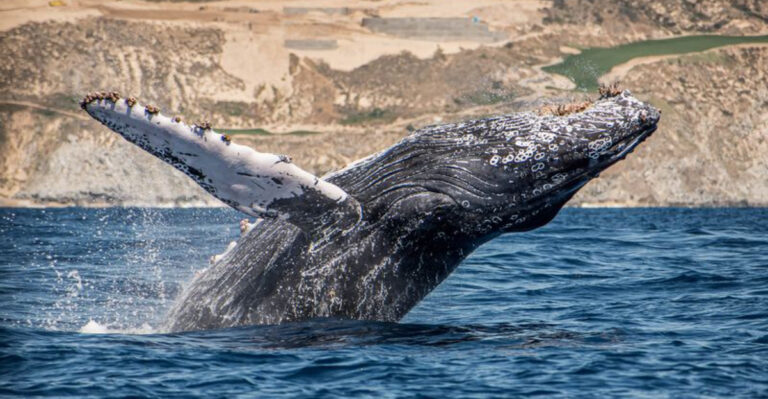Everything About Bull Sharks: Their Appearance, Behavior, And Diet Explained
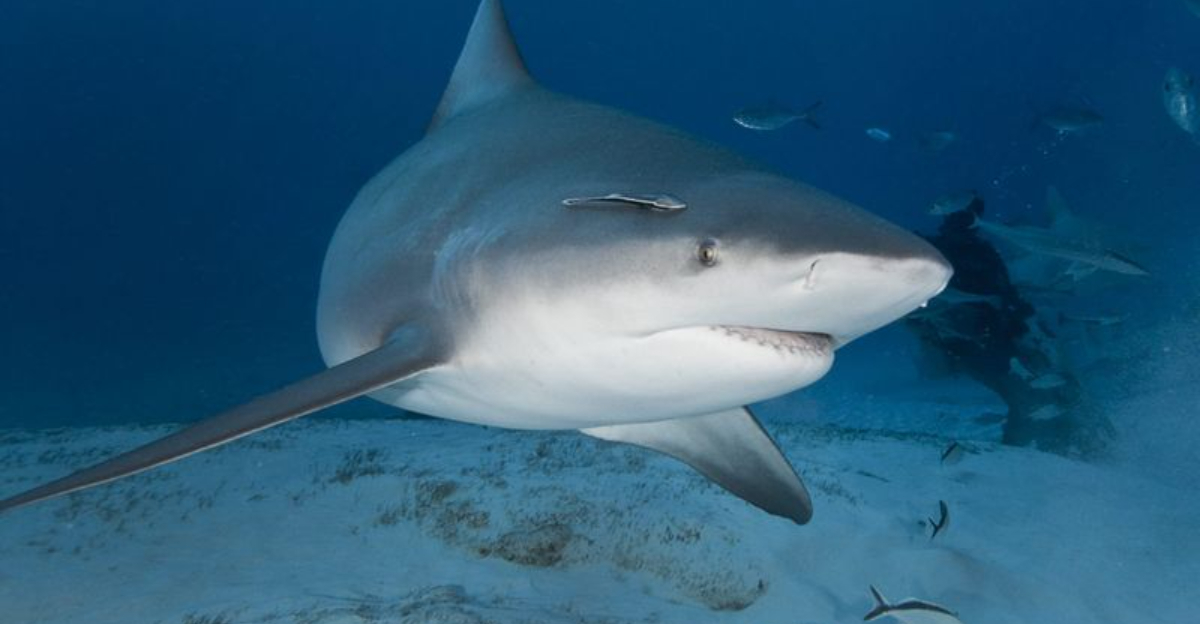
Bull sharks are fascinating creatures that prowl both oceans and rivers with equal ease. These powerful predators have earned a fearsome reputation due to their aggressive nature and ability to thrive in multiple environments.
Let’s explore what makes these remarkable sharks so unique and why they’re considered one of the most adaptable predators in our waters.
1. Distinctive Appearance
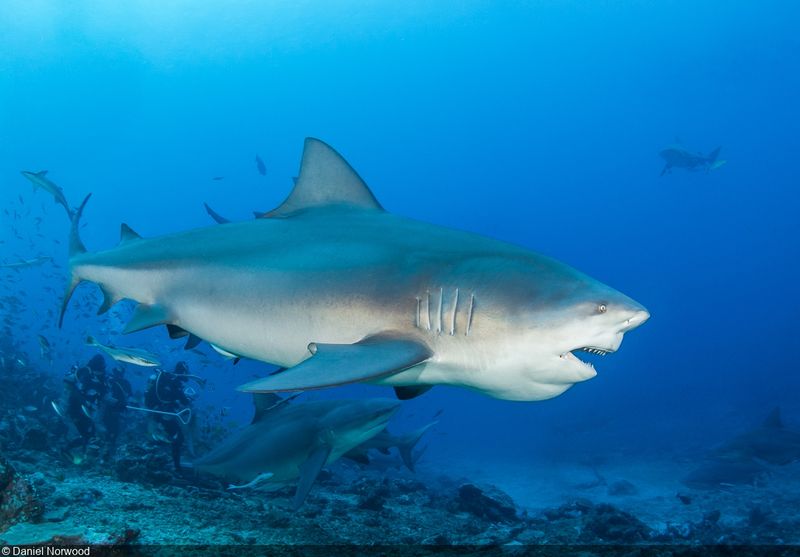
Imagine a torpedo with teeth—that’s the bull shark! Their stocky bodies and unusually wide, flat snouts give them that signature bulldog look.
Unlike their sleeker shark cousins, bull sharks pack impressive muscle onto their frames, making them look particularly intimidating. Their gray dorsal coloring fades to white underneath, providing perfect camouflage from both above and below.
2. Size And Weight

Female bull sharks are the heavyweights of the family, often outgrowing males by several feet. A fully grown female can stretch to 11 feet—about the length of a small car!
Tipping the scales at up to 500 pounds, these aquatic powerhouses have enough bulk to take down large prey. Young bull sharks start life at just 2 feet long but grow quickly in their early years.
3. Habitat Versatility

Talk about adaptable roommates! Bull sharks comfortably cruise through saltwater oceans one day and freshwater rivers the next.
Scientists have tracked them swimming up the Mississippi River as far as Illinois—nearly 700 miles from the ocean! Their unique kidney function allows this remarkable adaptation, regulating salt levels in their bodies regardless of their surroundings.
4. Territorial Behavior
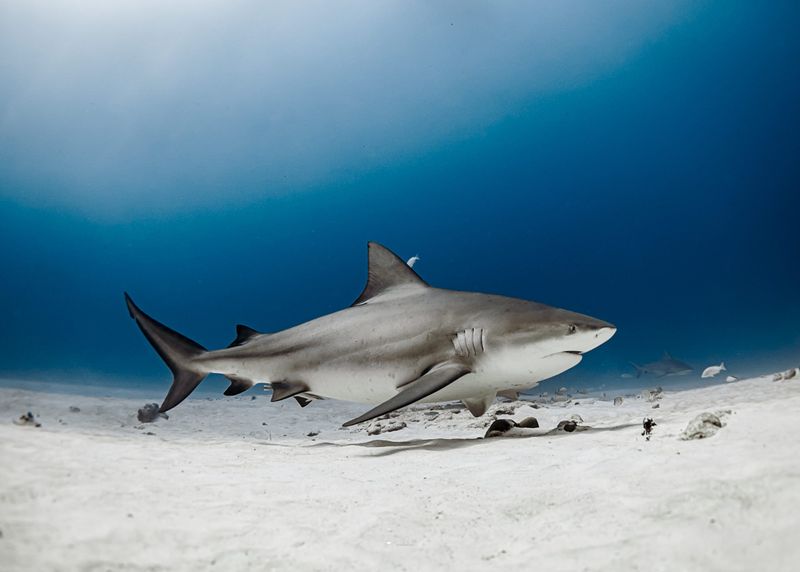
Bull sharks don’t share well with others. They establish favorite hunting grounds in shallow coastal waters and defend them fiercely against intruders.
When another predator enters their domain, bull sharks display warning behaviors—dropping their pectoral fins and swimming with exaggerated movements. This territorial nature contributes to their reputation as one of the ocean’s most confrontational residents.
5. Diet And Feeding Habits
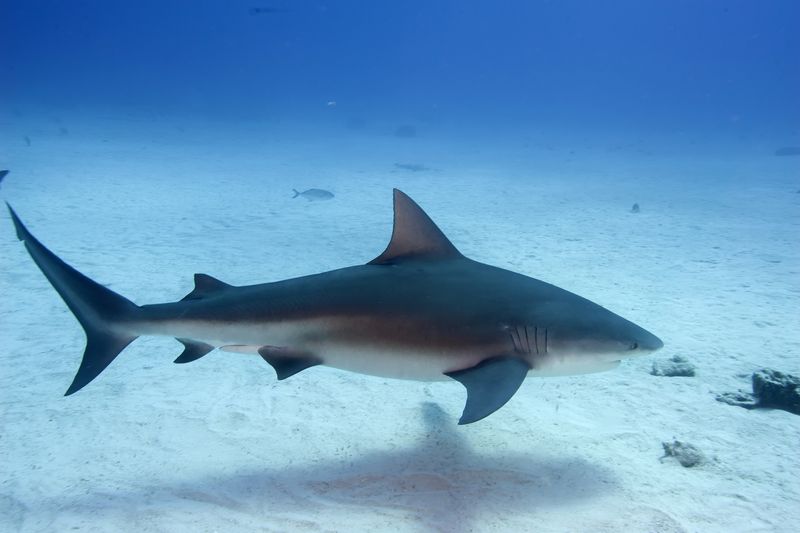
Bull sharks aren’t picky eaters—they’re the ultimate opportunistic diners of the sea. Their menu includes bony fish, stingrays, dolphins, turtles, birds, and even other sharks!
With powerful jaws lined with serrated teeth, they can tear through tough prey with ease. They’ve even been observed eating terrestrial animals that venture into water, making them true apex predators in their environments.
6. Ambush Predators
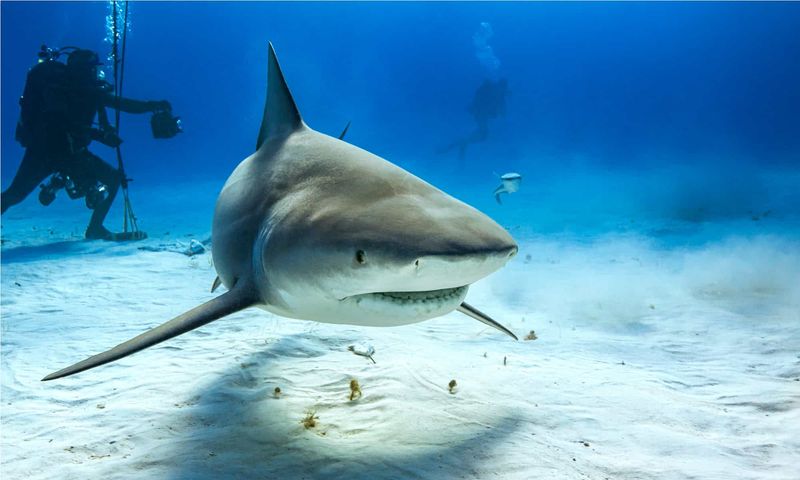
Masters of the sneak attack, bull sharks hunt like underwater ninjas. They silently patrol murky waters where their gray-brown coloration makes them nearly invisible.
When prey swims nearby, they explode forward with surprising speed. A bull shark can accelerate from motionless to attack in less than a second! This ambush strategy works perfectly in the low-visibility environments they prefer.
7. High Tolerance For Freshwater
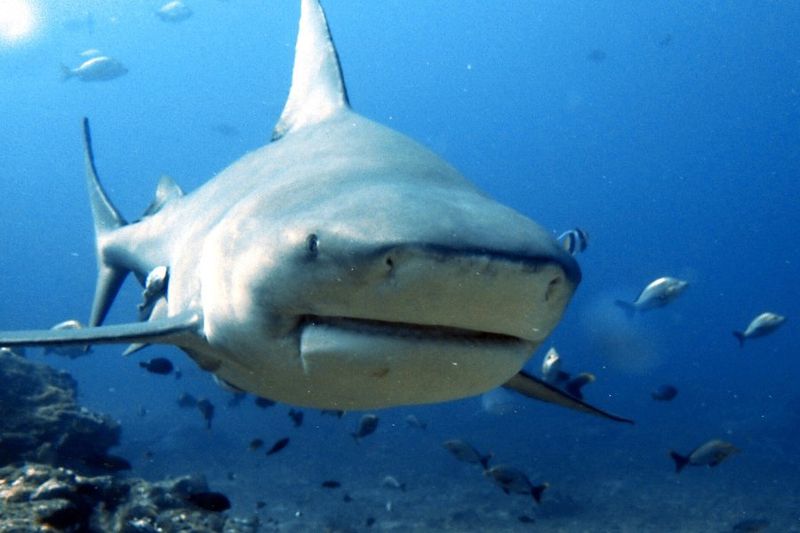
Unlike most sharks that would die in freshwater, bull sharks have evolved special adaptations that let them conquer rivers and lakes. Their kidneys retain salt and their rectal gland adjusts to different environments.
Amazingly, some bull sharks live permanently in Lake Nicaragua, completely landlocked from the ocean! This unique ability opens up feeding grounds and nursery areas unavailable to other shark species.
8. Aggressive Behavior
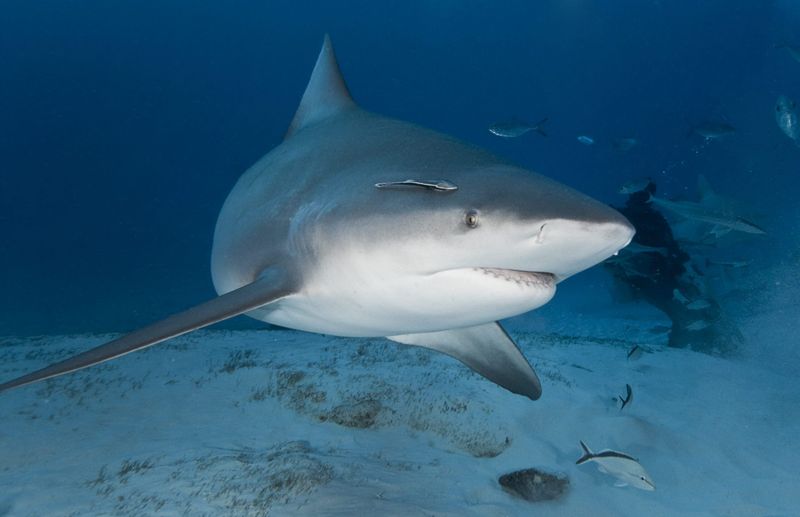
Bull sharks earned their name from their tendency to headbutt prey before attacking—much like an angry bull. Their aggression isn’t just for show; they have the highest testosterone levels of any shark species.
When agitated, they display classic threat postures: arched back, lowered pectoral fins, and erratic swimming patterns. Their quick-to-anger temperament makes them particularly unpredictable compared to other sharks.
9. Danger To Humans
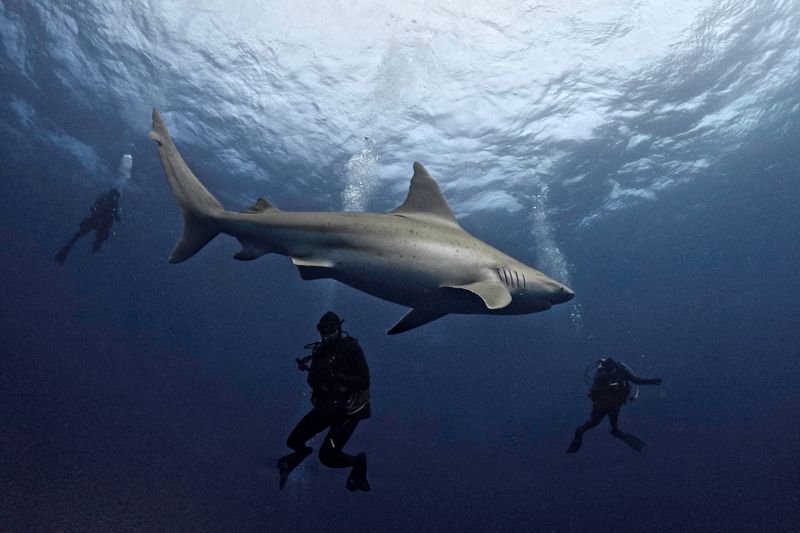
Bull sharks form the deadly trio alongside great whites and tiger sharks as the species most likely to attack humans. Their presence in shallow, human-populated waters increases encounter chances.
Many experts believe bull sharks are responsible for more attacks than officially recorded. Their preference for murky water means victims often can’t identify their attacker, leaving many bull shark incidents misattributed or unclassified.
10. Breeding And Reproduction
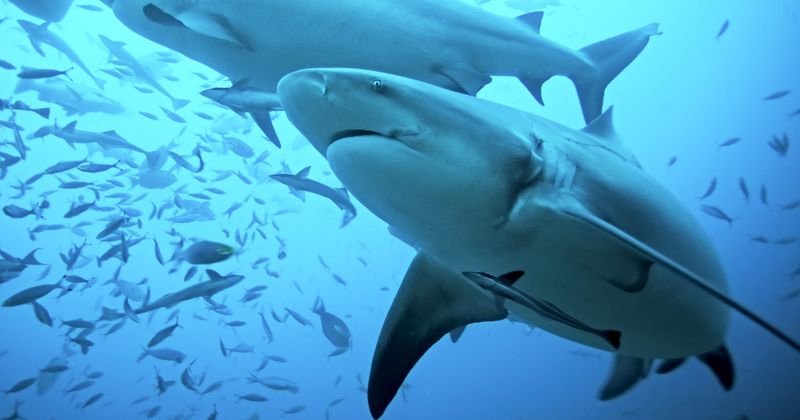
Female bull sharks are dedicated mothers who seek out safe, brackish estuaries to deliver their pups. After almost a year of pregnancy, they give birth to live young—no eggs involved!
Each baby shark emerges fully formed at about 2 feet long and immediately swims away. The nursery areas provide young sharks protection and abundant food while they develop, away from larger predators including adult bull sharks.
11. Strong Swimmers

Built like aquatic tanks, bull sharks possess incredible swimming power that helps them navigate strong river currents and ocean tides. Their muscular bodies generate explosive bursts of speed reaching 25 mph!
Unlike some shark species that must swim constantly to breathe, bull sharks can rest on the bottom while still pumping water over their gills. This energy-efficient adaptation helps them conserve strength for hunting or long migrations.
12. Low Visibility Predators
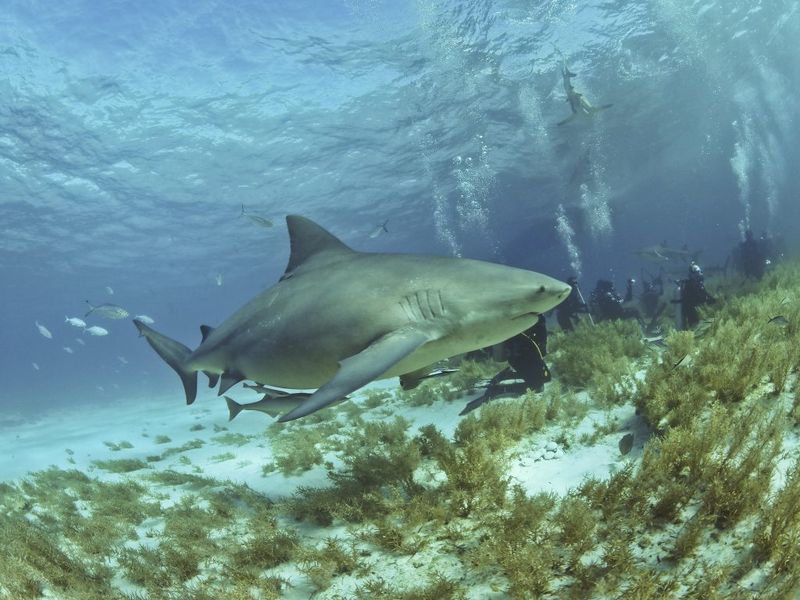
Bull sharks thrive where other predators struggle—in coffee-colored, sediment-filled waters with near-zero visibility. Their highly developed senses compensate for poor eyesight in these conditions.
By hunting in murky environments, they gain a significant advantage over prey that can’t see them coming. This preference for turbid water explains why they’re frequently found near river mouths and after storms when water clarity is at its lowest.
13. Sensitive Electroreception
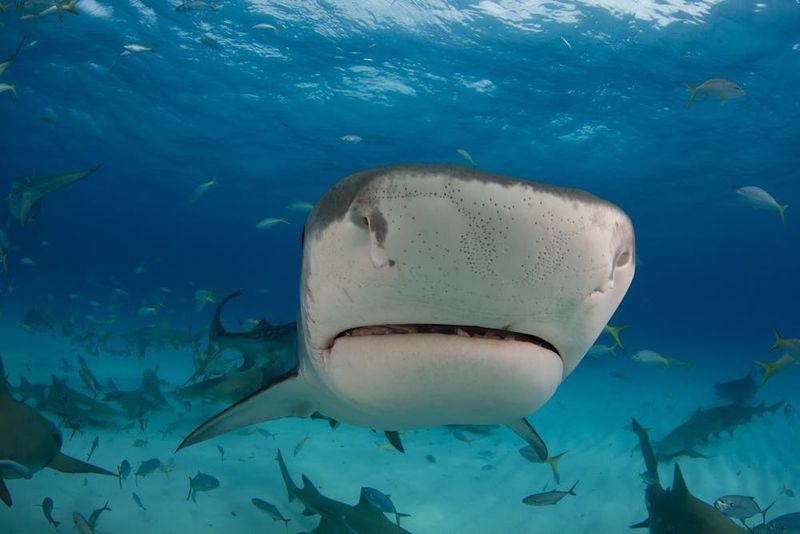
The dark dots visible around a bull shark’s snout aren’t just for decoration—they’re sophisticated bioelectric sensors called ampullae of Lorenzini. These jelly-filled pores detect tiny electrical fields produced by all living creatures.
A bull shark can find a fish hiding under sand by sensing its heartbeat! This remarkable ability explains how they hunt so effectively in zero-visibility conditions and even in complete darkness.
14. Lifespan And Growth
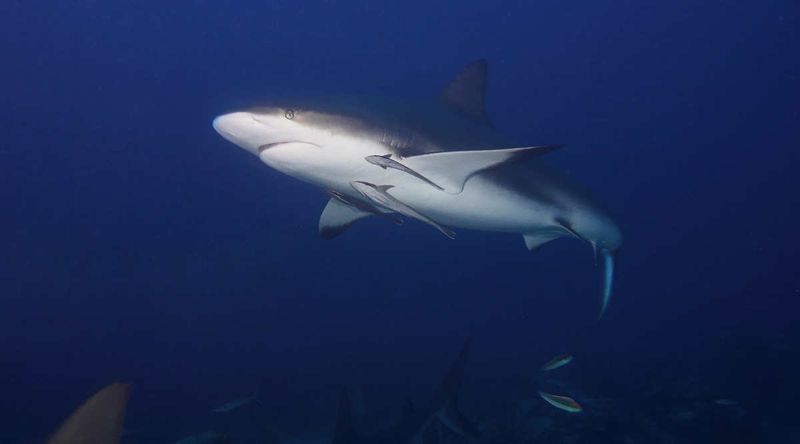
Bull sharks develop on a surprisingly slow timeline despite their fierce reputation. Males take about 10 years to reach sexual maturity, while females need up to 12 years.
Their cautious growth rate makes them vulnerable to population decline. Scientists estimate their natural lifespan at 16 years in the wild, though some individuals may live longer. Compared to humans, their life cycle progresses at roughly one-fifth our pace.
15. Conservation Status
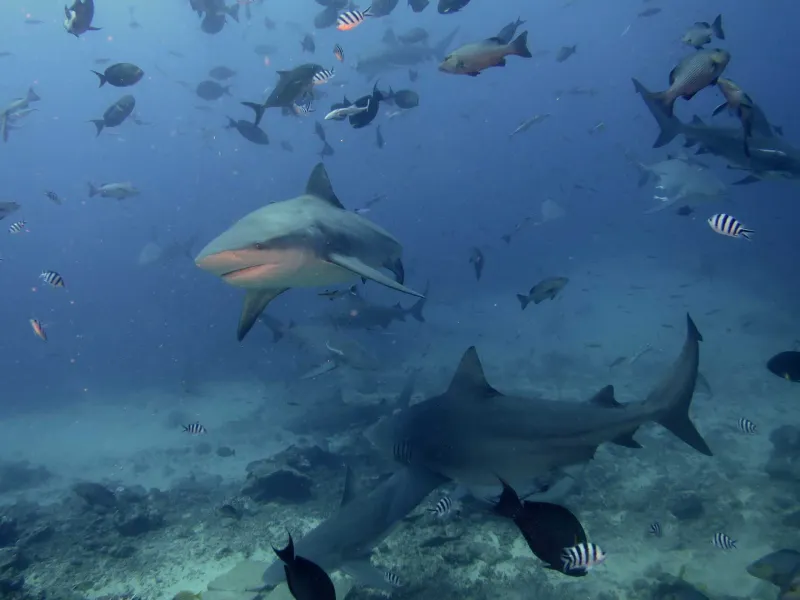
Bull sharks face mounting pressure from human activities despite their fearsome reputation. Coastal development destroys the mangrove nurseries where young sharks develop, while pollution impacts their health.
Commercial fishing often catches them accidentally in nets meant for other species. Though not yet endangered globally, some regional populations have declined sharply. Their slow reproduction rate makes recovery difficult once numbers drop.




